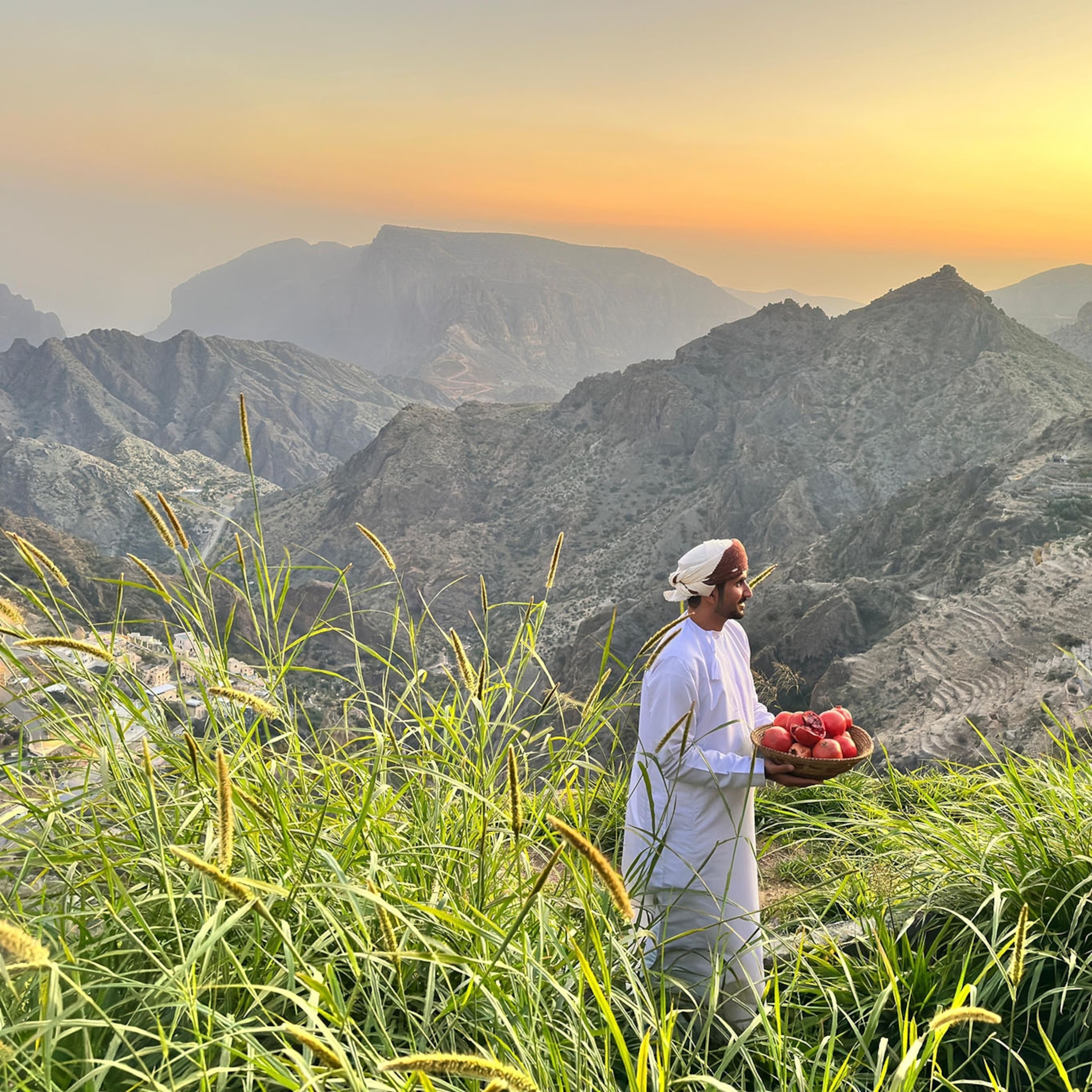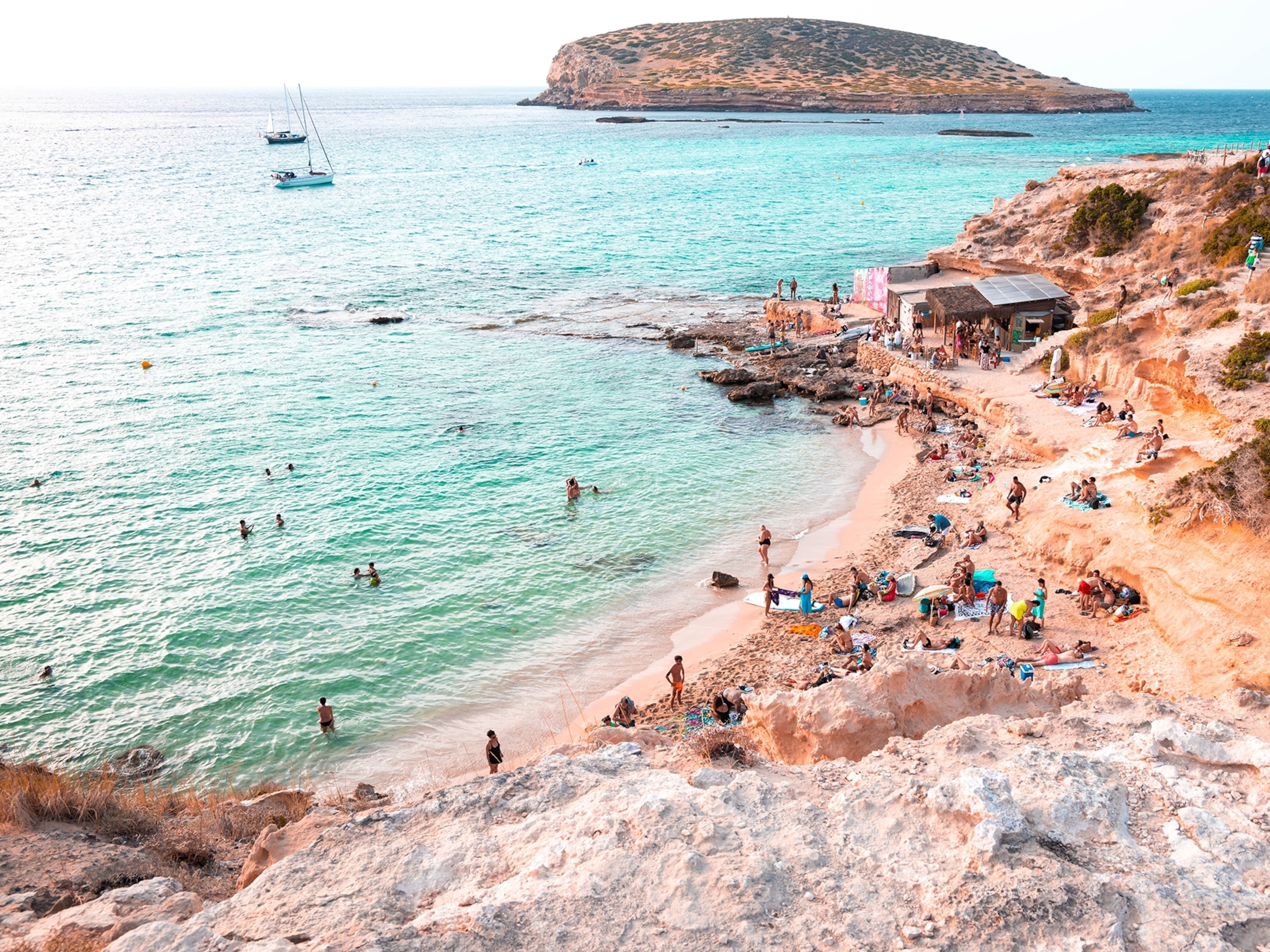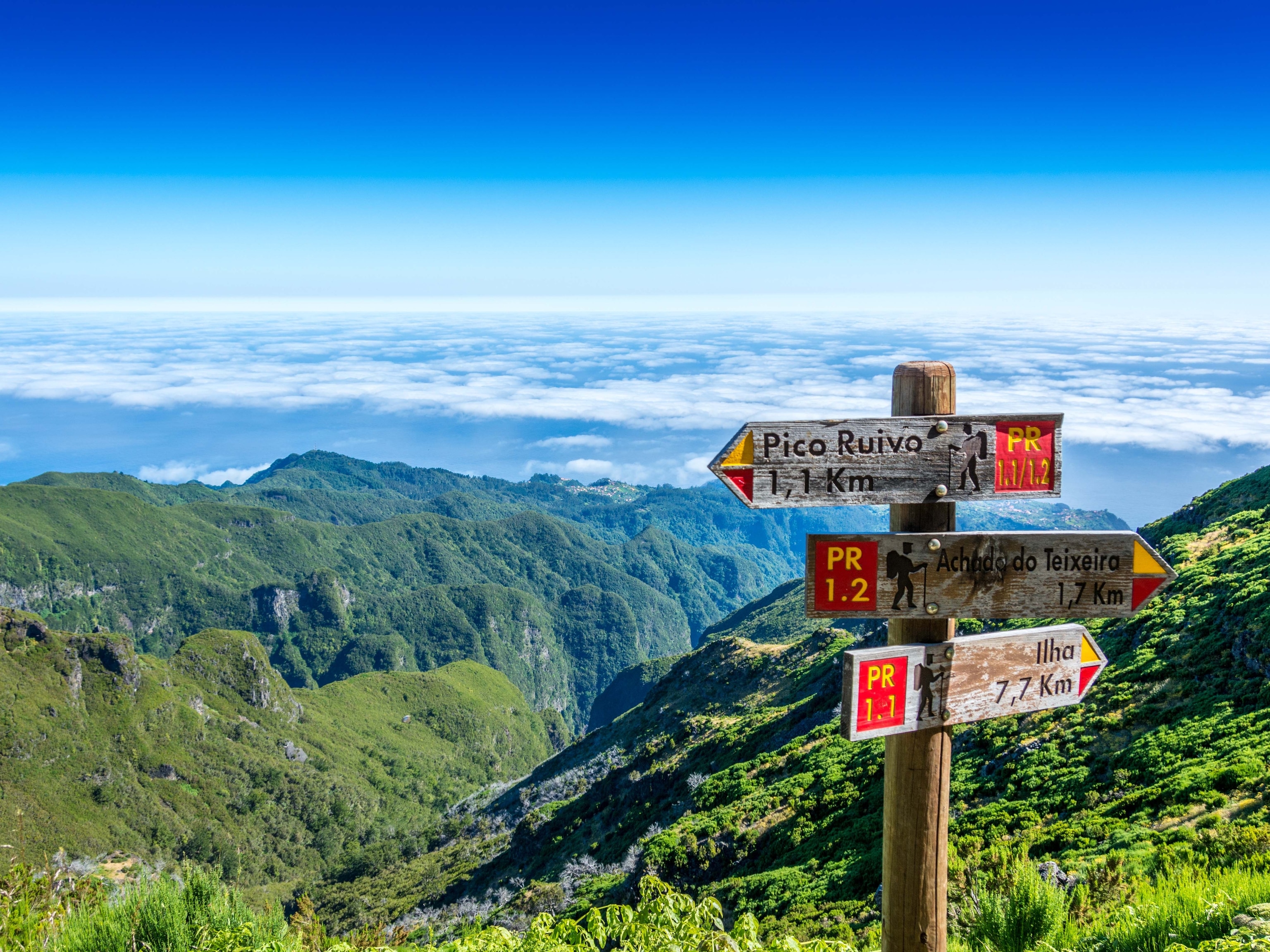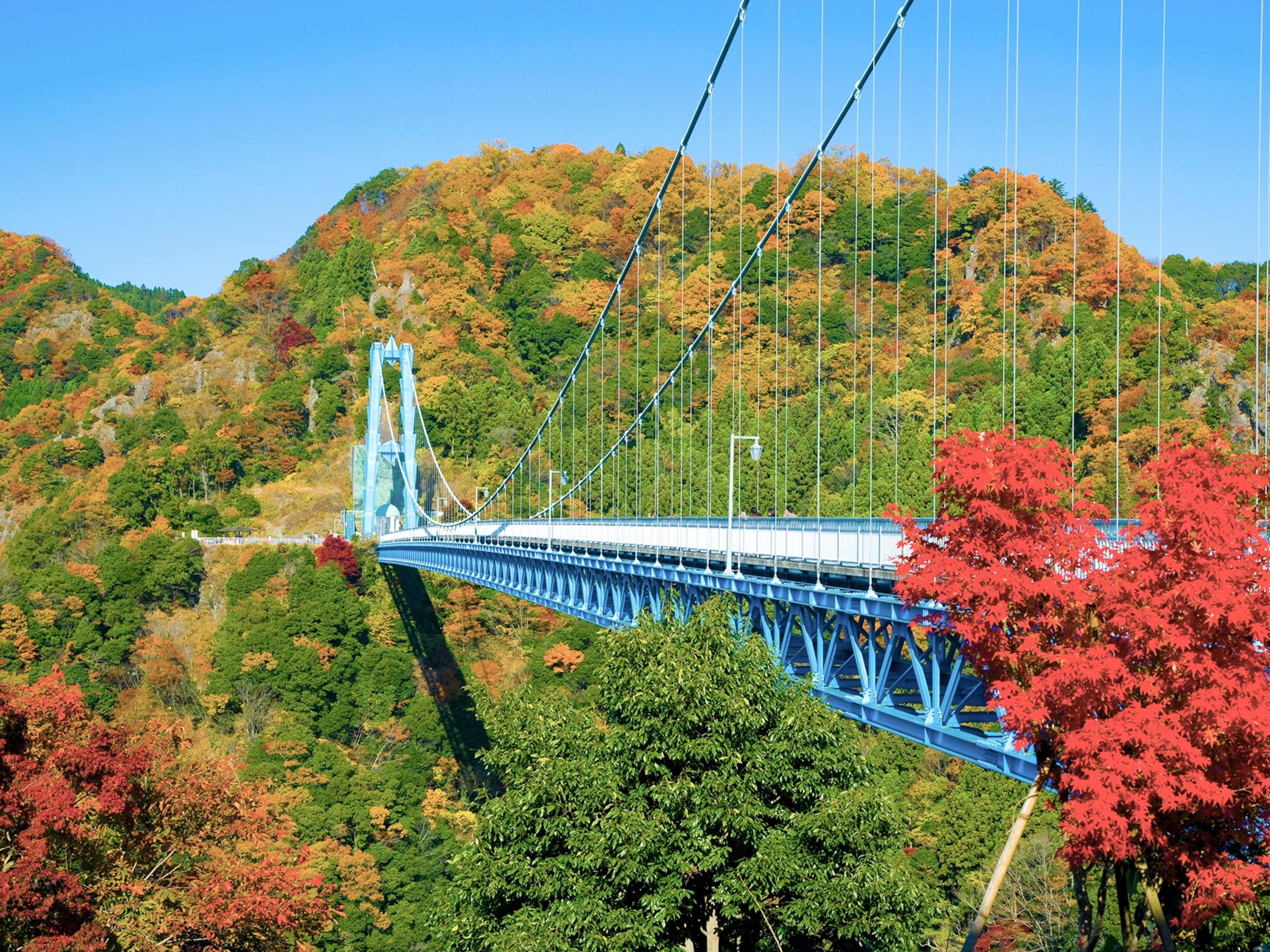5 inspiring places to discover in South Korea's Gyeonggi Province
Travel beyond the bustling streets of Seoul and Suwon to discover the full beauty of Gyeonggi Province — from exploring Korea’s complex history near the northern border to hiking scenic trails in Soyosan.

If a Korean tells you they're from Seoul, there's a reasonable chance that actually means they're from Gyeonggi, the province that virtually surrounds the South Korean capital on all sides. Many people who work in Seoul commute into the city from various parts of Gyeonggi. However, this landscape is no mere urban sprawl — Gyeonggi is home to some of the country’s more underrated sights, including serene green spaces located alongside historic landmarks. You won’t see hordes of international travellers at many of these sites, yet all are easily accessible from Seoul and worth visiting for their distinct architecture, historical significance and impressive scenery. Here are five of the best destinations for travellers looking to explore the natural landscapes of Gyeonggi Province.
1. Suwon
No visitor to the province's capital, Suwon, should leave without catching the city's main attraction — the UNESCO World Heritage-listed Hwaseong Fortress. Dating back to the late 18th century, this imposing structure incorporates extensive walls with gates and towers, while within the northwestern ramparts there's a popular parade of cafes and restaurants — it's a great place to try barbecued galbi (rib meat).
Just a short taxi ride away, the Yeongheung Arboretum is a reminder of Suwon's modern side. Here, you'll find an intriguingly designed glass building, which appears to be tilted at an alarming angle, amid the greenery of the Yeongheung Forest Park. Inside are conservatories housing exotic plant species that are typically found overseas, such as bananas and coconut trees. There's also a shop selling organic garden products, ideal for those with green fingers. Outside the building, you'll find plenty of well-maintained forest trails to explore.
Though significantly smaller in size than Seoul, Suwon remains a city of great importance to South Korea. It's home to the global headquarters of the mammoth Samsung Electronics Corporation, known as Samsung Digital City. This vast campus with 390 acres of office space has been the birthplace of many of Samsung's most inventive products — a tech history that can be traced in the in-house Samsung Innovation Museum.

2. Paju
There is plenty to see in Paju, a city to the northwest of Seoul that is easily reachable on the Gyeongui-Jungang line, part of Seoul’s subway network. The area is most famous for Paju Book City, a modern-looking development featuring printing houses, charming cafes and a hotel, as well as — you guessed it — plenty of bookstores. Meanwhile, nearby Heynri Art Village is a similar project, albeit with art studios and sculptures at its heart instead of books.
Visitors should also check out First Garden, a family-friendly theme park set in landscaped greenery. The best time to visit is sundown, when majestic illuminations lend the park a magical air, but it’s a pretty spot at any time of the day. Lastly, travellers can head to Imjingak Park, which is located just south of the Korean Demilitarised Zone (DMZ), and visit the Dora Observatory. Here, using binoculars, or even just your own vision, you’ll be able to catch a glimpse of North Korea.
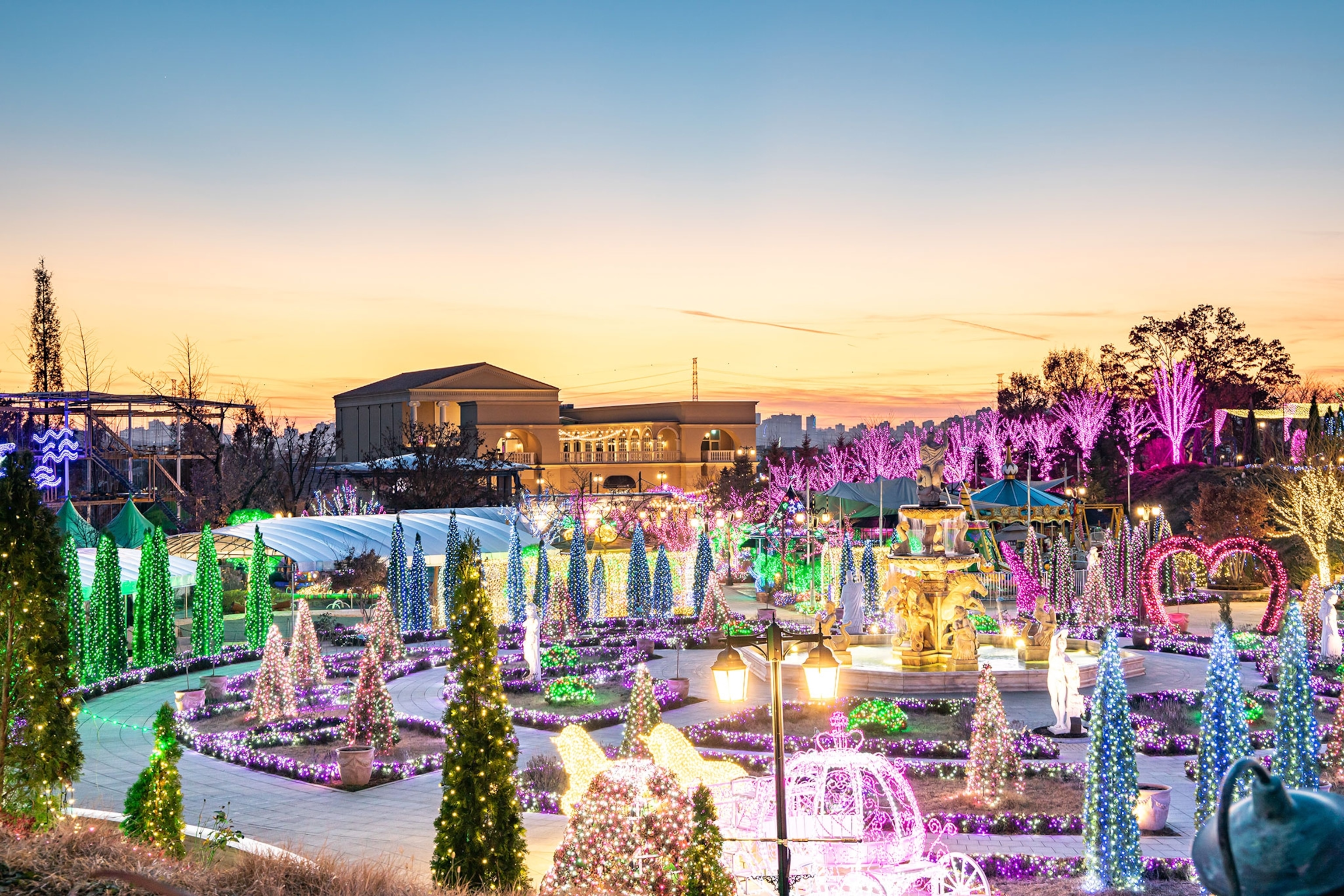
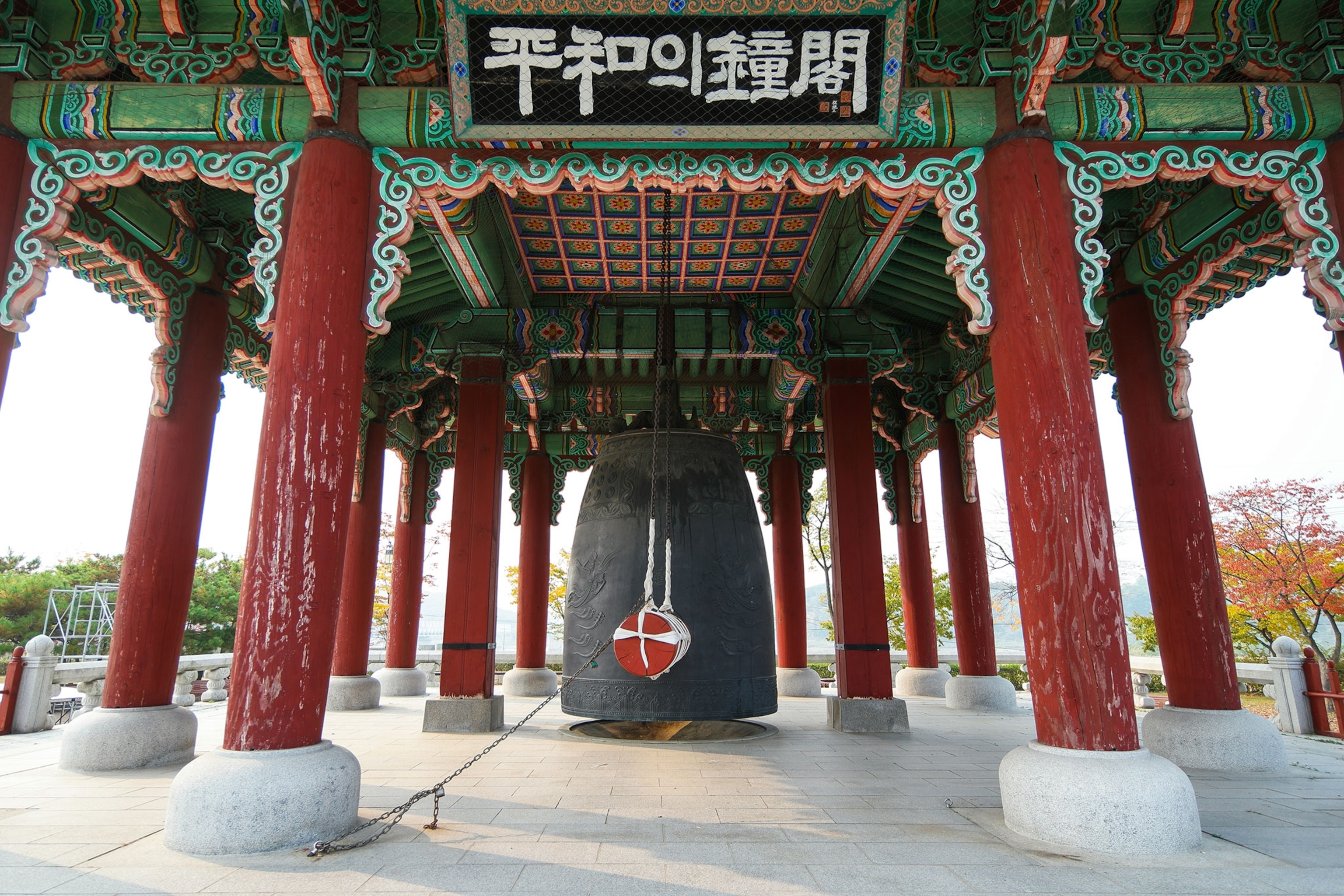
3. Gimpo
Travellers will also be able to gaze into North Korea from Aegibong Peace Ecopark, which is located on the northern edge of the city of Gimpo and faces the North Korean city of Kaesong across the DMZ. The park features an exhibition hall as well as an observatory, where there are binoculars on hand to take a closer look into this elusive nation. With a decent camera lens, travellers may be able to spot North Korean villagers going about their day on the other side of the Hangang River. Despite it's sensitive location, it's a tranquil space, rich in birdsong and floral aromas, especially in summer.
4. Yangsu-ri
A well-kept secret for many years, the village of Yangsu-ri sits at the confluence of two rivers, which then flow together as the mighty Hangang all the way down through central Seoul. Nowadays, the island at the core of Yangsu-ri is very popular with travellers seeking the most picturesque photo opportunities. It's clear to see why — a stroll around the riverside lanes will see you passing rice fields of shimmering emerald and gazing out towards the mountains beyond. Thankfully, the area is large enough to absorb scenery-seeking visitors while maintaining its unhurried, natural feel. Yangsu-ri, part of Yangpyeong County, is easily accessible by train from Seoul — and for those who are particularly sporty, it’s even possible to cycle there along a network of riverside cycle paths that stretch all the way from the capital. If you’ve got a week to spare, these paths lead all the way to Busan, at the other end of the country.
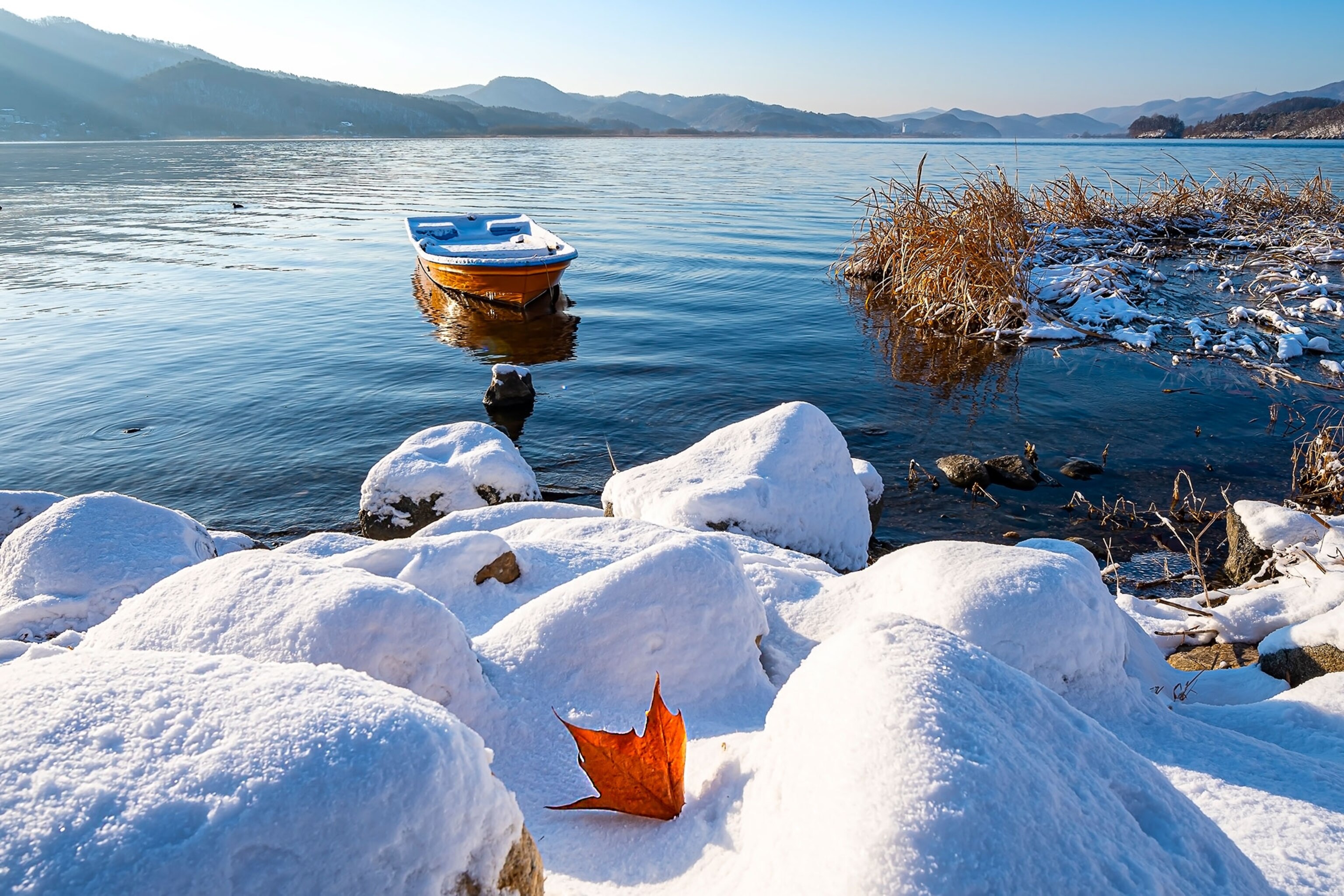
5. Soyosan
For invigorating hiking routes and breathtaking scenery, journey north of the capital on Seoul Subway Line 1 until you reach Soyosan in Dongducheon City (around 90 minutes from the centre of Seoul). Upon arrival, set off along a winding stream bed until you reach the delightful temple of Jajaeam. Its most notable feature is a shrine built into the mountain like a cave. Despite being dimly lit inside, it glows in kaleidoscopic colours thanks to altar candles and paper lanterns. From Jajaeam, there are several levels of hiking route to tackle — although even the easiest trails will give your calves a workout. The hikes here are especially beautiful in autumn, thanks to the season's fiery foliage, although ultimately the mountain is a great place to visit year-round.
Several airlines fly non-stop from London to Seoul. One-stop flights are available from Birmingham, Edinburgh and Belfast. Once in Seoul, travellers can make use of the city’s metro system and high-speed trains to visit other destinations across Gyeonggi Province. Along with its impressive natural landscapes and vibrant cities, Gyeonggi Province is also a top business travel destination, with many unique venues ideal for hosting events. To learn more, visit gmice.or.kr
To subscribe to National Geographic Traveller (UK) magazine click here. (Available in select countries only).

